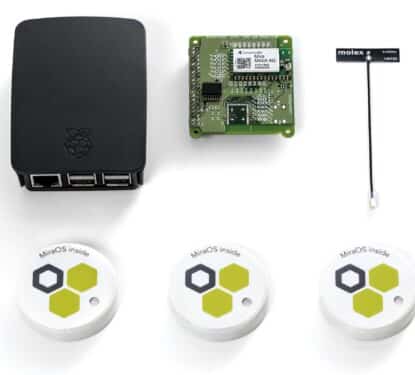If governments across the developed world went ahead and created the necessary incentives for the investment needed to develop a Smart Grid and Renewable Power over the next 17 years, to meet the mandatory or proposed CO2 emission standards, they would almost certainly be committing political suicide. The trillions of dollars required would thwart economic growth. Consumers electricity bills would rise exponentially to pay for it and the present fragile economic recovery could become unstable.
However there is a solution that is available now that can deliver a significant contribution to meeting the needs of the low carbon economy well within the second decade of the 21st century and it can be achieved at a fraction of the cost of installing a fully operational Smart Grid.
Interfacing the hundreds of thousands of Smart Buildings that already exist; through a combination of using advanced BEMS (Building Energy Management Systems) and Enterprise Energy Management (Enterprise Energy Management) systems, Demand Response and Distributed Energy services can be delivered. This has been practiced for some time but until recently only on manual and semi-automated basis.

However as our report “Smart Buildings: The Market For Connecting Smart Grid with BEMS” shows fully automated systems have now started to get off the ground and we forecast that the technical potential demand over the next 20 years amounts to $30 billion and could reach $1.7 billion by 2017.
This is therefore a sizeable business, but is made much more attractive by the fact that by far the biggest component is the latent potential waiting to be realized in existing Smart Building stock. It will not have the same impact as a fully operational Smart Grid but it can deliver a solution to a problem now because it does not require Smart Grid to be in place or Smart Buildings to have incorporated a fully comprehensive EEM.
By far the biggest share of this business will be spent by the owners and operators of Smart Buildings and this puts the BEMS companies in pole position followed by ESCO’s. These companies include Johnson Controls, Honeywell, Schneider Electric, Siemens and ABB. They are the world’s leading suppliers across both businesses and the last 4 are also leading international suppliers of Smart Grid products and services. They are in daily contact with the owners of Smart Buildings who are existing clients both through installing their BEMS and also taking their ESCO service. This gives them a massive heritage estate to work on.
Our report shows why the EEM suppliers will have to take this into account when developing their business models if they are to make an impact on this business. They will need to form alliances with the BEMS and ESCO companies or their System Integrators. This is particularly true for smaller EEM companies where they will need to target the priority markets. This is a very fragmented market with hundreds of thousands of Smart Buildings and identifying the buying influence will not be an easy task. It is a different matter for the major EEM companies because most of their clients will be owners of very large Smart Building real estates and they will have contact with sources that will influence the buying decision on EEM purchases.
Connecting BEMS in Smart Buildings to Smart Grid to deliver DR and DE is a niche market that is available now. It could be provided through Smart Buildings installing fully comprehensive EEM or waiting 10 to 20 years before ADR is fully operational within Smart Grid in the developed countries of the world.
The cost of installing it could be less than 1% of the investment needed to deliver Smart Grid. The return on the investment is attractive and it reduces the CO2 emissions and gets the utility companies out of a hole. The technology to do this is firmly in place but it will require changes to the regulatory framework governing electrical transmission and distribution.
Find out more here - http://memoori.com/portfolio/connecting-smart-grid-with-bems/



